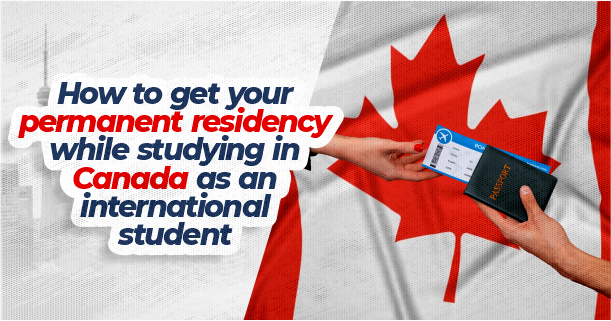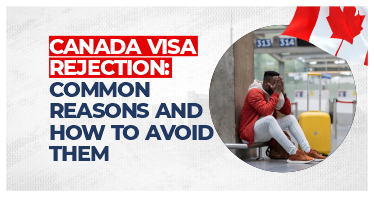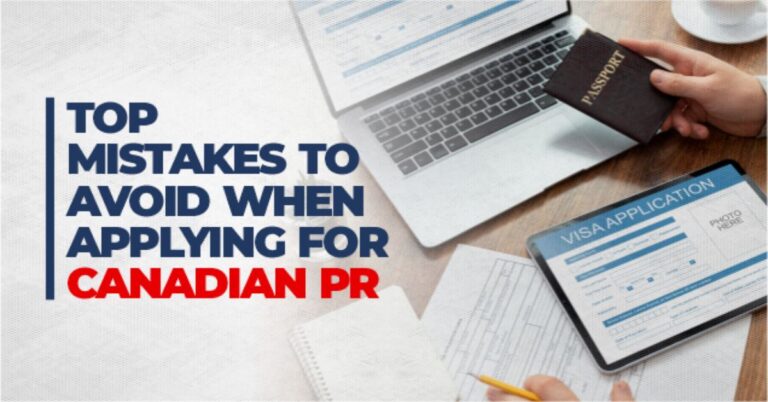Are you wondering if it’s possible to get your residency before graduation? If you’re thinking that that is not possible, then I want you to read this post until the end. our mission is to help you through an easy and actionable guide towards your Canadian dream- getting your permanent residency while studying in Canada as an international student.
In this post, we’re going to talk about, a program that has helped many, many students to get their permanent residency (PR) here in Canada, and some of them, even before they finish their studies.
We want to share with you this information so that you can plan your path as early as now. So this program is a community -driven program which is designed to bring economic benefits to small communities in Canada.
we’re going to talk about the Rural and Northern Immigration Pilot Program and 4 EASY STEPS to get your PERMANENT RESIDENCY while studying in Canada as an International student!
While the program is named the Rural Northern Immigration Pilot Program, a closer examination of the map reveals that several of these towns are not significantly distanced from larger cities, such as one in proximity to Calgary. Interestingly, these towns are generally located quite far south, near the US border.
The program encompasses four essential steps. The initial step necessitates meeting specific eligibility requirements outlined by the Immigration, Refugees and Citizenship Canada (IRCC). One crucial criterion is work experience, requiring a minimum of one year or 1,560 hours.
However, international students completing a post-secondary program of at least two years can be exempted from this work experience requirement. Regardless of work experience or international student status, a high school diploma or its Canadian equivalent is mandatory.
Moving on to the second step, it involves meeting the criteria of the community or the designated area. Each community has distinct requirements; for example, West Courtenay requires a minimum of 26 points.
An essential criterion is the intention to reside in that region, with points increasing based on the duration of residency. Additional points are granted for having a job offer or prior work experience. Some communities may have a list of priority occupations, and meeting these may exempt applicants from the 26-point requirement, depending on the community.
If you’re uncertain about which school to attend and want to maximize the benefits of the RNIP program, feel free to contact us. Click here to fill out our free consultation form.
Moving on to the third step of the process, you’ll need to secure a job offer from an eligible employer operating in one of the participating communities.
Let’s take the West Kootenays as an example. For this region, employers need to meet specific requirements, such as offering a competitive wage of at least $22 per hour. Additionally, they must have been operating in the area for a minimum of two years and have invested at least $200,000 Canadian dollars in that locality. Keep in mind that each community has its own unique requirements, and you can find these details on their respective websites.
Now, once you’ve met the federal and community criteria and have a job offer from an eligible employer, it’s time to submit your application to the community for their recommendation.
During this stage, it’s essential to be PR (Permanent Residency) ready. They’ll require you to submit various documents, including an employer declaration form, certificate of employment, proof of education, language proficiency test results, and other necessary documents.
It’s crucial to be well-prepared and authentic in your application, as the primary goal of these programs is to support the growth of small communities, not just serve as an immigration pathway to larger cities.
Now, let’s talk about the timeline. The community’s recommendation process typically takes less than a month, or a little bit more. Once recommended, you can proceed to apply for permanent residency, and based what’s usually obtainable, this step should take you less than six months.
Keep in mind that the RNIP is a pilot program scheduled to run until the end of 2024. If you’re interested and believe you meet the eligibility criteria, it’s a good idea to act now. However, there’s always the possibility of an extension or exploring other immigration programs designed for smaller communities in Canada.
If you want to have professionals guide you all the way, saving you time, frustration and money lost to trial and error; Book a free consultation call one of our experienced and licensed immigration consultants today!
FREQUENTLY ASKED QUESTIONS
1. Is it really possible to get permanent residency while studying in Canada?
Yes, it is possible, especially through programs like the Rural and Northern Immigration Pilot Program (RNIP).
2. What is the RNIP program about?
The RNIP is a community-driven initiative aimed at bringing economic benefits to small communities in Canada.
3. Do I need work experience to be eligible for the RNIP program?
Yes, a minimum of one year or 1,560 hours of work experience is required. However, international students with a post-secondary program of at least two years can be exempted.
4. Is a high school diploma necessary for the RNIP program?
Yes, regardless of work experience or international student status, a high school diploma or its Canadian equivalent is mandatory.
5. What is the second step of the RNIP process?
The second step involves meeting the specific criteria of the community or designated area, each having its own requirements.
6. What is the significance of residency intention in the RNIP program?
Residency intention is crucial, as points increase based on the duration of residency in the community.
7. Are there additional points for having a job offer or work experience?
Yes, additional points are granted for having a job offer or prior work experience in the RNIP program.
8. Are there priority occupations in the RNIP program?
Some communities may have a list of priority occupations, exempting applicants from certain requirements.
9. Can you recommend a school to maximize RNIP benefits?
Yes, if uncertain about which school to attend, you can reach out to us for professional guidance and assistance.
10. What documents are required during the PR-ready stage in the RNIP program?
Documents include an employer declaration form, certificate of employment, proof of education, language proficiency test results, and other necessary documents.
11. Is the RNIP program available beyond 2024?
The RNIP is a pilot program scheduled to run until the end of 2024, but there’s a possibility of extension or exploring other immigration programs.







